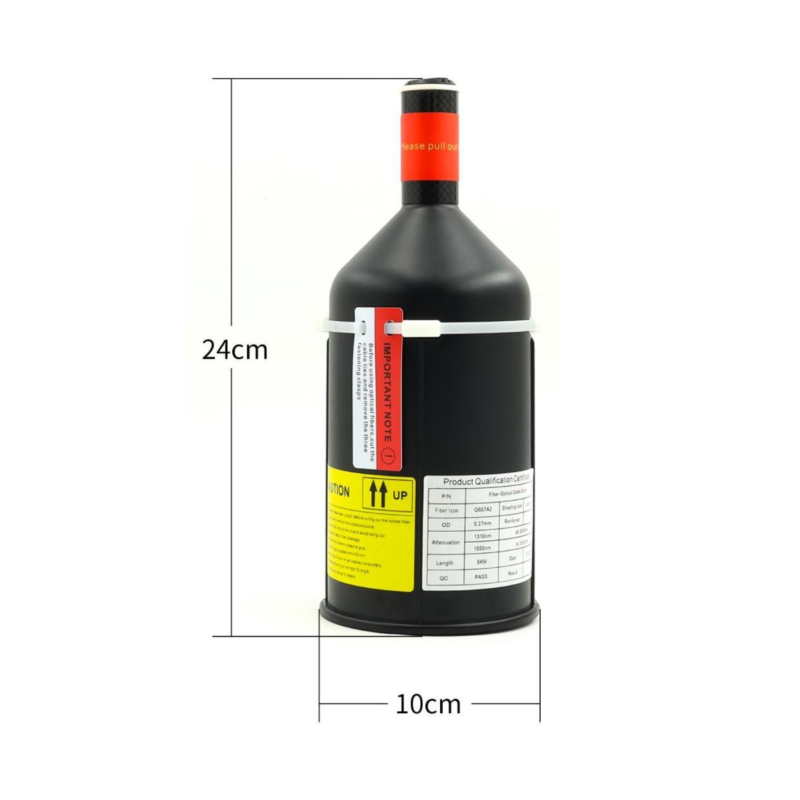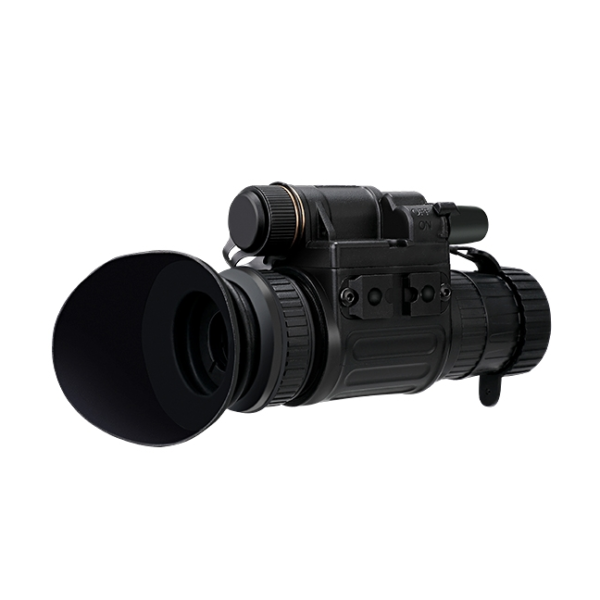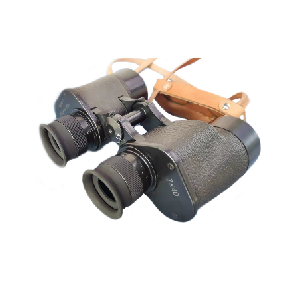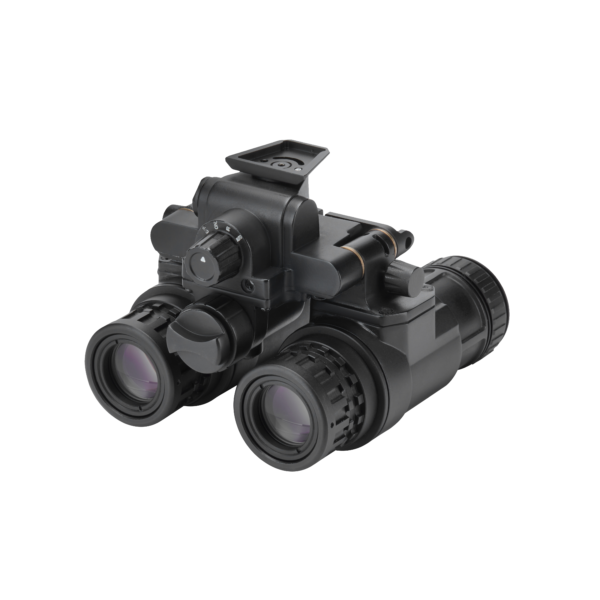Ultra-Low Latency: Fiber optic cables enable near-instantaneous data transmission, critical for real-time FPV drone control and immersive piloting experiences.
Immunity to Electromagnetic Interference (EMI): Unlike wireless systems, fiber optics are unaffected by radio frequencies, Wi-Fi, or other electronic noise, ensuring stable video feeds in crowded RF environments.
High Bandwidth Capacity: Supports ultra-high-resolution video (e.g., 4K/8K) and high frame rates without compression loss, ideal for professional cinematography or precision inspections.
Long-Range Reliability: Maintains signal integrity over extended distances (kilometers) without degradation, outperforming traditional wireless links.
Enhanced Security: Fiber signals are extremely difficult to intercept or jam, making them ideal for sensitive military, industrial, or surveillance operations.
Lightweight and Compact: Modern fiber optic systems are designed to minimize weight and bulk, preserving drone agility and flight performance.
Durability in Harsh Environments: Resistant to moisture, temperature extremes, and physical stress, suitable for industrial or outdoor applications.
Reduced Signal Attenuation: Minimal power loss over long distances compared to copper cables, ensuring consistent video quality.
Compatibility with Existing Systems: Often integrates with standard FPV cameras, goggles, and controllers via adapters or modular interfaces.
Future-Proof Scalability: Easily upgrades to support emerging technologies like AI processing, LiDAR, or multi-sensor data fusion.






